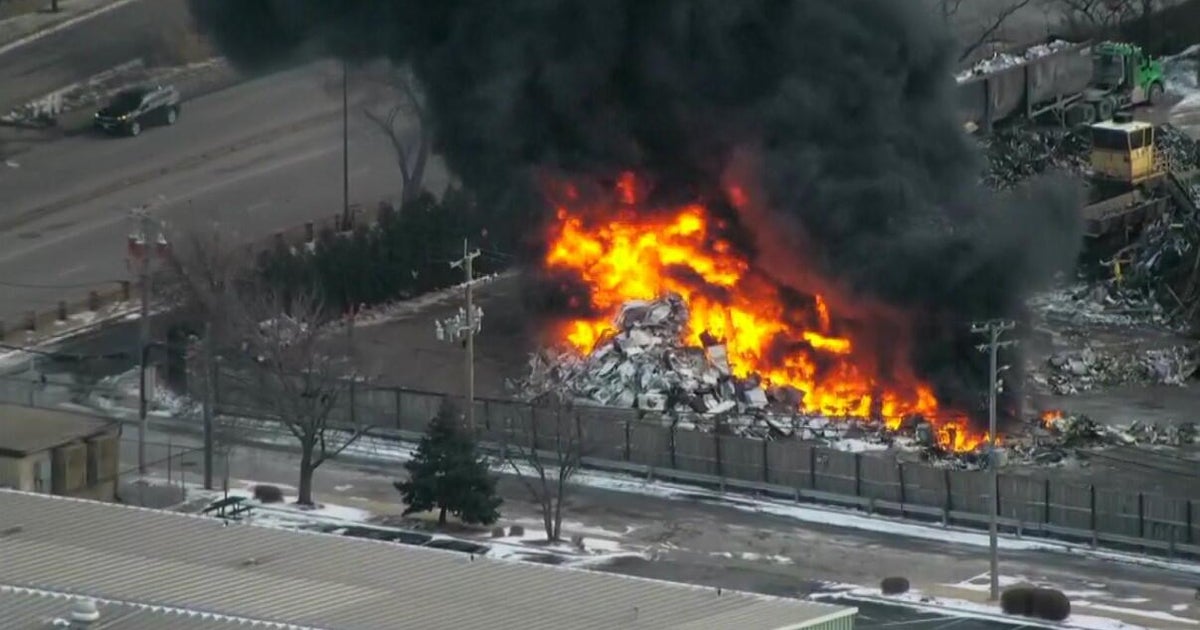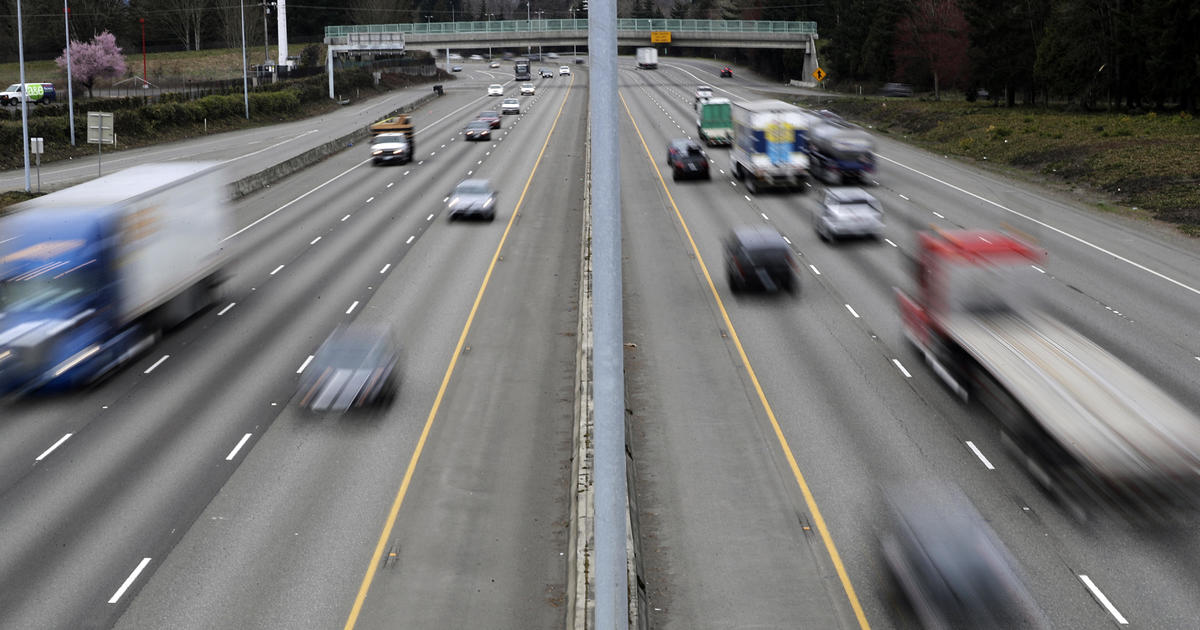What stricter EPA regulations on soot means for Chicago
CHICAGO (CBS) -- They're not visible, but they're there – particles in the air that make people sick.
PM 2.5, also known as soot, are fine particles that are smaller than the diameter of a strand of human hair. PM 2.5 is composed of liquid and solid droplets suspended in the air from pollutants such as factories, truck exhausts, trains and wildfire smoke.
For the first time in years, the U.S. Environmental Protection Agency (EPA) is tightening the rules to permit fewer of these harmful particles into the air.
The federal EPA changed the national standard from 12 micrograms per cubic meter to 9 micrograms per cubic meter (µg/m3). The change in the standard will prevent 4,500 premature deaths and 290,000 lost days of work by 2032, according to EPA data.
The standard has not been changed since 2012, under the Obama Administration.
Soot can have both short-term and long-term health impacts. The particles can enter through the lungs, nose, and eyes. From there, PM 2.5 can enter the bloodstream and reach different organs — from the brain to the uterus.
Advocates are calling the change in standards for soot pollution an important step toward protecting people, especially those who are disproportionately affected by dirty air. We asked, is it enough?
"This is only the beginning," said Dr. Juanita Mora, a Chicago allergist and immunologist and the national medical spokesperson for the American Lung Association. "While we celebrate this new rule, it is not as strong as we called for," Dr. Mora said.
The American Lung Association called on the EPA to max the national limit to no higher than 8 µg/m3 for the annual standard. As part of their 2023 State of the Air Report, the American Lung Association found that limit would save significantly more lives, especially in Black and Brown communities. Communities of color are 3 times more likely to live in a county that exceeds the EPA limits, according to the report.
According to a report by the Chicago Environmental Justice Network, the West Side, South Side, and Southeast Side of Chicago are disproportionately impacted by air, water and soil pollution. Major highways often bisect neighborhoods within these areas and have high concentrations of industry, according to the 2023 Chicago Cumulative Impact Assessment. Within these areas are sacrifice zones. This term refers to areas where residents live right next to hazardous materials and/or pollution and land that has been permanently environmentally altered. These communities are disproportionally impacted by soot.
Dr. Mora brought up the 2020 botched demolition of the Hilco coal power plant in Little Village as an example of this.
"I was seeing patients who live nearby who had inhaled that particular matter," she said.
"One story comes to my mind that sticks with me. A child who had never been diagnosed with asthma. He was out playing with his friend outside in his yard. He went in. The demolition had happened, and then it was foggy," she said. Soon after, his chest was hurting and was brought to the emergency room because he was having trouble breathing.
"He was having asthma symptoms related to that exposure matter that he at from the demolition of that plant," Dr. Mora said.
Late Wednesday, there was no word on how the new soot standard would be enforced or which parts of industry will be impacted the most by the change.
In the release, the EPA said that they will work "closely" with state, local and Tribal air agencies to implement the new standard.
The Illinois Environmental Protection Agency expects Cook County will require additional help to meet the standard. It was not clear Wednesday exactly what that meant.







